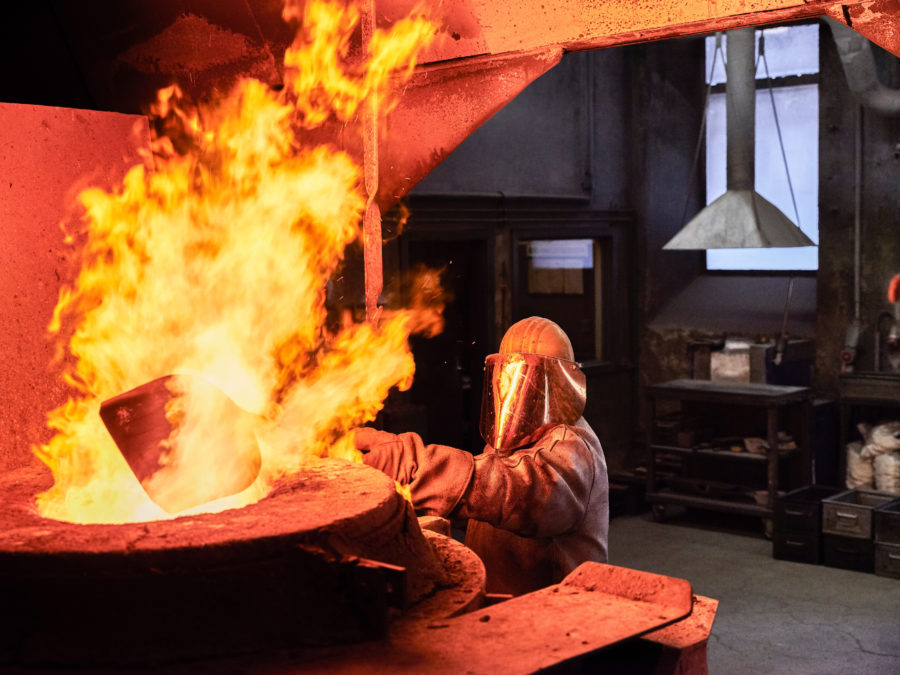Collision Avoidance: Protecting Workers And The Bottom Line

A single blind-spot accident with no injuries can put mining operations on hold for days.
Collisions between heavy and light vehicles are one of the most common types of accidents on mine sites. These accidents are primarily caused by poor visibility and usually happen during equipment startup and slow-speed movement — such as when a machine is in a loading area, at the ready line or fueling station and reverses, turns or pulls forward to begin its next operation.
Learn more about technology solutions to prevent heavy and light vehicle collisions
Low speed, however, doesn’t mean low risk. When a heavy vehicle collides with a light vehicle, the result can be disastrous — not only to workers but also to the equipment they’re operating. A single blind-spot accident with no injuries can put mining operations on hold for days. The resulting repair costs, equipment downtime, administrative requirements and lost productivity all have a significant impact on the bottom line. That’s why collision avoidance is high on the list of initiatives for mining companies.
To date, one of the only ways to protect against collisions in the blind areas of a truck has been procedural barriers — like no-go zones for light vehicles, standard parking and start-up procedures and audible reversing alarms. But even with these safety procedures in place, the problem has not been eliminated.
An improved approach is to provide enhanced operator vision supplemented by an automatic detection system that looks in all high-risk directions at once, identifies potential problems and attracts the operator’s attention to those areas where potential collisions could occur. Research has shown that a combination of cameras and radars offers the best technology solution to address this important topic.
{{ commodity.name }}
{{ post.title }}
{{ post.date }}



Comments